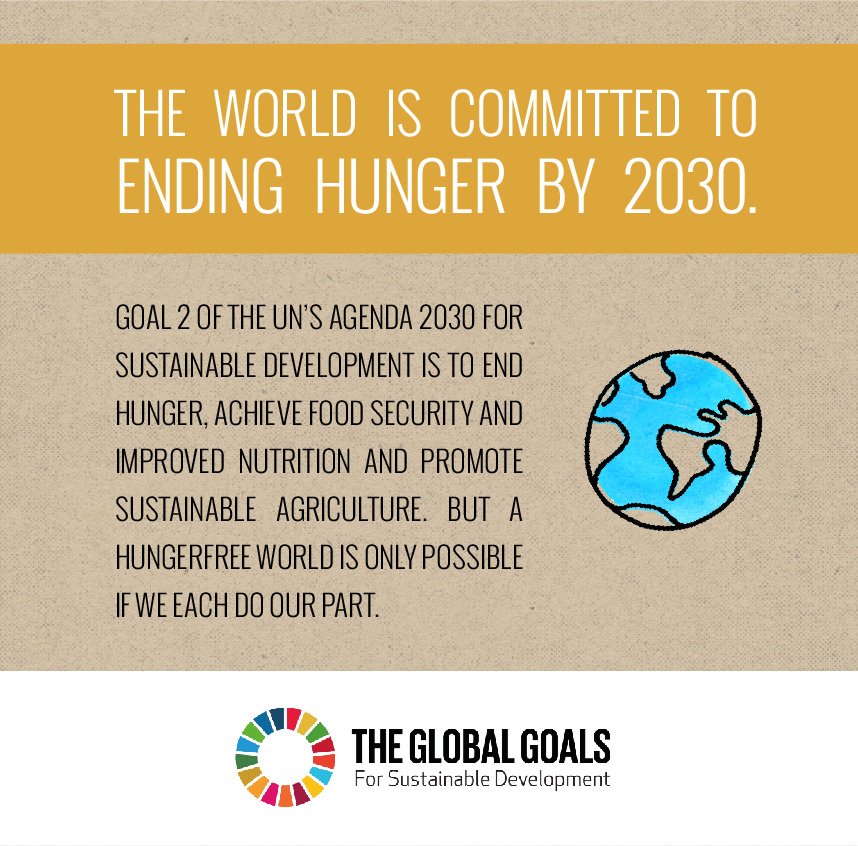Binge watching. 10 years ago, that wasn’t even a thing. Now, it’s something many fall prey to; 12 seconds just isn’t enough time to get out from under that blanket and turn off the computer. And once the next episode has started, well... you know how that goes.
It’s just so easy to do. It’s so mindless. You don’t even think about it.
To much of the world, binge watching, like eating, becomes an easy thing to do. It becomes something that we do on compulsion rather than need. But here’s the thing.
Many of us can hardly imagine channel surfing like our parents when the internet gives us hundreds of episodes at a time. We also can’t imagine not knowing where our next meal will come from, or going a whole day with only one meal.
But there are still chronically hungry people – almost 795 million of them.
For most of human history, hunger has been the norm.

It really hasn’t been until the last 100 years that food has become easier to obtain. Feeding ourselves and industrializing food means that we aren’t as dependent on our own knowledge and weather systems.
Luckily, we have some facts to help us understand world hunger a little better. Here are 5 facts to get you started:
1. There is enough food to feed everyone on earth, Unfortunately, sustainably getting it to those who need it most can become a tangled web of finances, government, conflict and drought.

2. In 2013, more than 17,000 children younger than 5 died every day - most from preventable causes. It’s estimated that nearly half of these deaths (2.8 million deaths every year) were tied to hunger. Most of these kids died not from starvation, but from malnutrition- meaning too long without the right kind of food.

3. The largest percentage of hungry people is in sub-saharan Africa. 23 percent of the people there are undernourished. That’s almost one in four people.

4. We are making progress - there are fewer people going hungry. While there are still 795 million people who are chronically hungry, that number has declined from more than 1,000 million people in 1990 to 795 million people today.

5. The world is committed to ending hunger by 2030, Goal 2 of the UN’s Agenda 2030 for Sustainable Development is to end hunger, achieve food security and improved nutrition and promote sustainable agriculture. But a hungerfree world is only possible if we each do our part

It should be hard to imagine hunger for everyone in the world. We believe that this is the time to make hunger a thing of the past. But that can only happen if we join together as one voice, speaking hope and embodying dreams. With your help, we can create a future that is truly hungerfree.
The views expressed here are not necessarily those of each of the partners of Global Citizen.